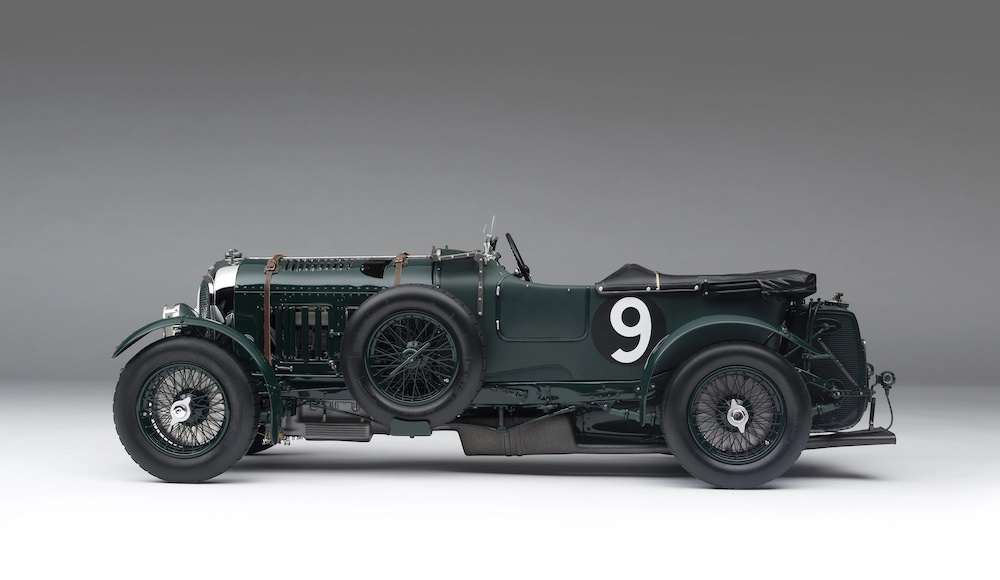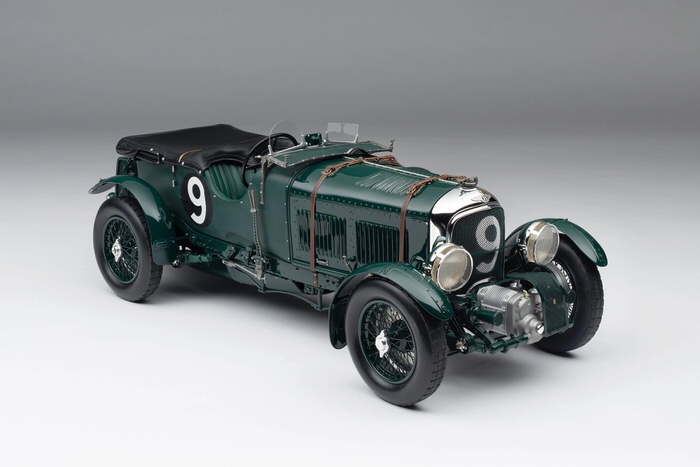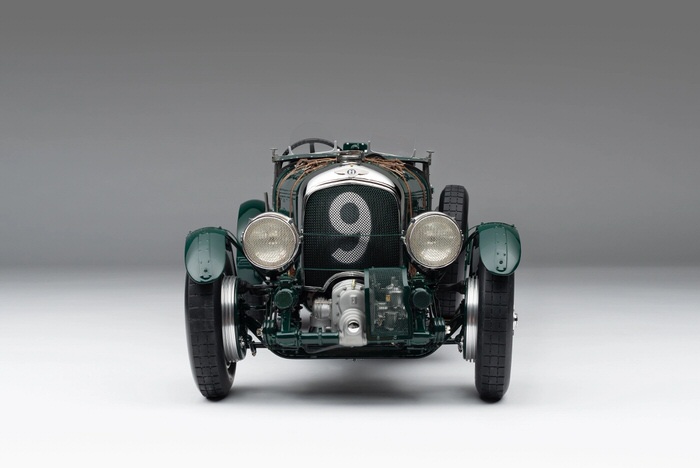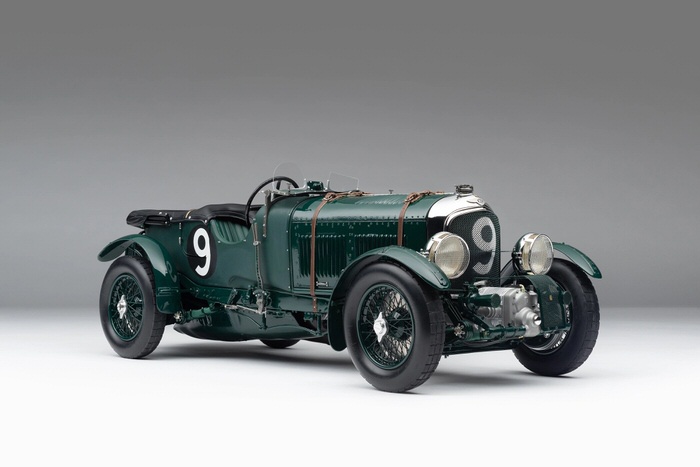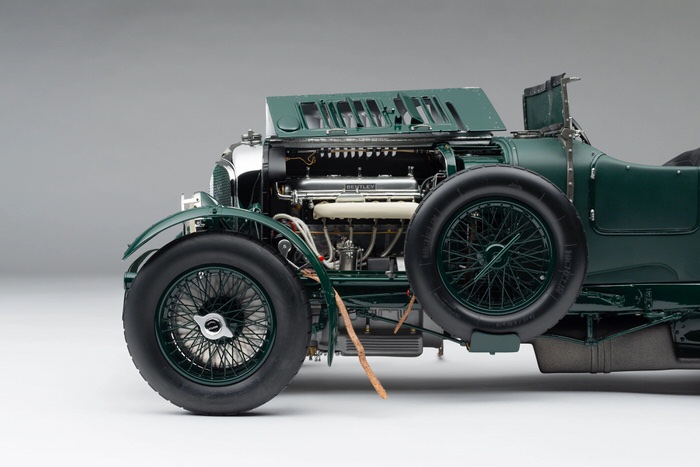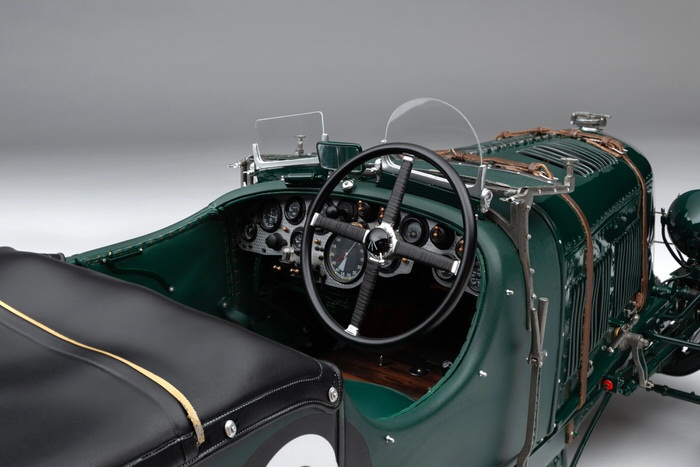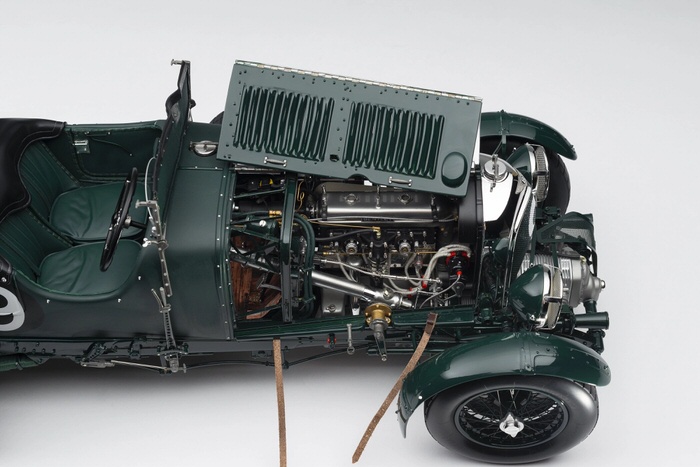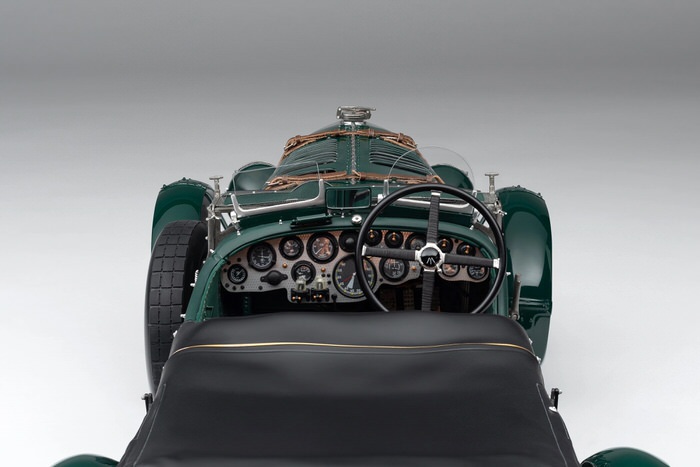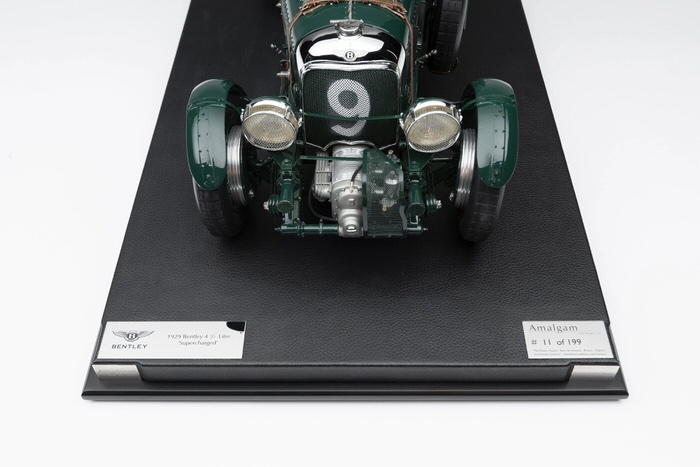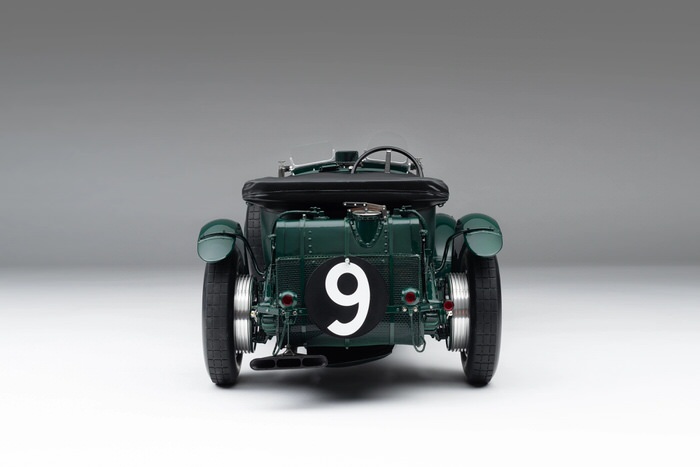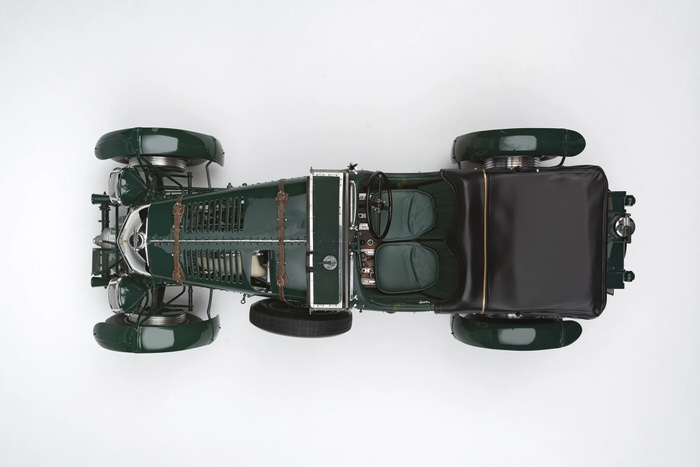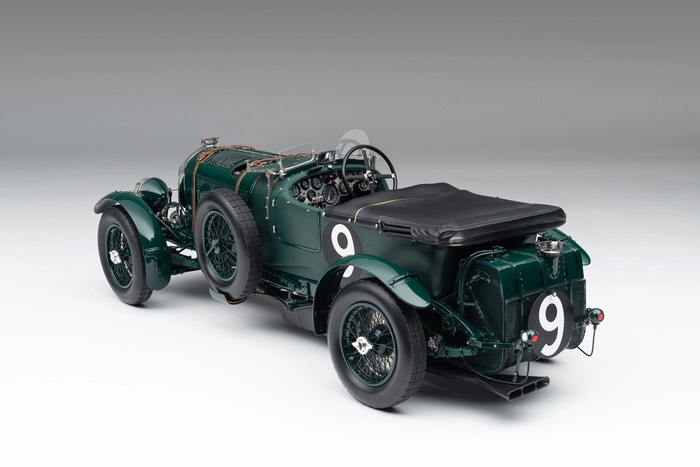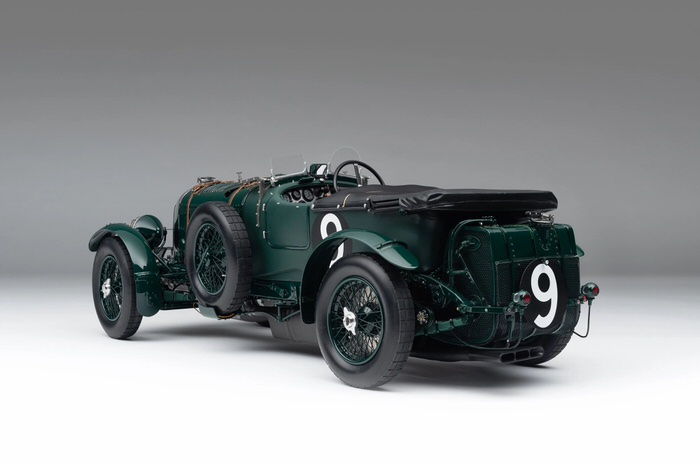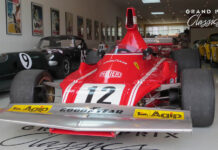The Bentley Blower is, for many, the iconic racing Bentley of the pre-war years. Ironically, the 4 ½ Litre Supercharged was the least successful of all the Cricklewood Bentleys in competition – and founder W.O. Bentley bitterly opposed its development. By 1928, it had become clear that the 4 ½ Litre was reaching the end of its development and that competitors were closing the gap fast on Bentley’s racing supremacy.
W.O. Bentley believed the solution was simple: increase the engine capacity. However, Sir Henry (Tim) Birkin, one of the Bentley Boys, preferred the supercharging alternative, one that W.O. saw as ‘perverting the engine’s design and corrupt its performance’. Birkin convinced Bentley Chairman Woolf Barnato to overrule W.O. and approve the project. Only 55 of the 720 Bentley 4½ litres ever produced between 1927 and 1931 were Blowers, but this still complied with the minimum production run for competition racing. Funded by the wealthy heiress, the Hon. Dorothy Paget, Birkin put together a racing team of four remodelled “prototypes” (three road cars for Le Mans and Blower No.1, his original) and assembled a fifth car from spare parts.
Birkin’s blower Bentleys were too late for Le Mans in 1929 and only two of the cars reached the start line in 1930. Neither car reached the finish line, but it is widely considered that the Dudley Benjafield and Birkin privately entered Bentley Blowers’ relentless pursuit of the Rudolf Caracciola’s Mercedes SSK paved the way for the victory to the Bentley works team Speed Six of Barnato and Glen Kidston. Despite this, many consider the Blower’s finest hour to have come in the 1930 French Grand Prix at Pau. Amid a field of Bugatti Grand Prix cars, Birkin wrestled the huge Bentley to a heroic second place in what was almost certainly the heaviest car ever entered in a grand prix, at over two tonnes.
This model is a perfect scale replica of the No. 9 Bentley 4½ litre which competed at the 24 Hours of Le Mans on 21 and 22 June 1930. Driven by Sir Henry (Tim) Birkin and Jean Chassagne, the #9 was involved in an epic duel with fellow Bentley Blower racers Dr Dudley Benjafield and Giulio Ramponi and the Rudolf Caracciola and Christian Werner piloted Mercedes-Benz SSK. The SSK started strongly in the bright sunshine but, by the fourth lap, Birkin was on Caracciola’s tail at the Pontlieue curves. Reaching 195 km/h, he passed the Mercedes as they braked heavily for the Mulsanne corner. Birkin continued from this manoeuvre, setting a new lap record of a 6m48s, but on the next lap the tread came off a rear tyre and he had to pit.
It took only half a minute to change the wheel, and then in only five laps Birkin was right behind the Mercedes. Just as he again overtook Caracciola on the Mulsanne Straight the tread on the other tyre let go. Although he dropped two wheels off the road, Birkin was able to complete the pass until the tyre blew at Arnage forcing him to pit yet again. By nightfall, after five separate tyre failures, the Birkin/Chassagne car was running seventh. However, the pressure the duo placed upon the Mercedes soon became clear, the SSK retiring at the halfway point with a flat battery after a wire had come loose on its dynamo.
The second half of the race devolved into a routine procession, early morning mist and a heavy rain shower contributing to a dour race. Just before midday, four hours from the end of the race, the Birkin/Chassagne Bentley broke a conrod and had to retire, leaving the victory to the Bentley works team Speed Six of Woolf Barnato and Glen Kidston. Birkin’s courage and fearless driving, in particular his selflessly harrying Caracciola into submission, are regarded as embodying the true spirit of the Vintage Racing era and are widely considered the very reason Bentley emerged victorious at the 1930 Le Mans.
This fine scale model has been handcrafted and finished in Amalgams workshops with the co-operation and assistance of the manufacturer regarding original finishes, materials, archive imagery and drawings. The use of original CAD and supremely accurate digital scanning of the original car has allowed Amalgam to perfectly recreate every detail at scale. Furthermore, the prototype model has undergone detailed scrutiny by the manufacturer’s engineering and design teams to ensure complete accuracy of representation.
The Bentley Blower 1930 Le Mans is limited to only 199 pieces.
Click here for further information
more information: amalgamcollection.com
Photo Credit By amalgamcollection.com

